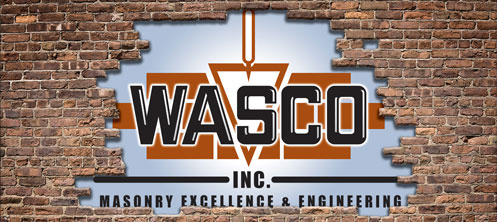Title Page
-
Conducted on
-
Prepared by
-
Location
-
Access and egress are suitable and safe?
-
The foundations are adequate and are not likely to be disturbed or undermined;
-
The lower portion of the scaffold is not liable to damage by interference, accident, traffic or any other cause;
-
The scaffold is appropriately constructed to carry the loads, following the guidance from a TG20 compliance sheet or design drawing;
-
The scaffold is correctly tied, anchored and braced to maintain stability under the load and environmental influences. The anchors have been installed and proof tested by a competent person
-
If tied – is there a relevant Pull Test Certificate?
-
The scaffold complies with the requirements of the Local Authority, including lighting, hoarding and fenders, and in general is not constructed in a way that can cause damage or injury to persons due to protruding tubes, low headroom or other issues
-
Any attachments such as fans, loading bays and lifting equipment are properly constructed in compliance with regulations and the recommendations of this guide and justified with a TG20 compliance sheet or bespoke design
-
The foundations have not been disturbed or undermined
-
The standards are on base plates and placed centrally on sole boards (as necessary);
-
Is headroom at entrance to work area a minimum of 1.9m (2.0M preferable)?
-
Guard rails are installed at every lift with none removed;
-
Toe boards have not been removed or displaced;
-
Scaffold boards have not been removed, displaced or damaged;
-
Transoms are suitably placed to support the boards and the maximum support span and overhang has not been exceeded;
-
No scaffold ties have been removed;
-
No bracing has been removed;
-
The brick guards, debris netting or sheeting, where fitted, are still in place and secure;
-
The structure has not been overloaded;
-
There are no other signs of misuse or interference;
-
Brick guards are in place and not defective?
-
lf any signs of misuse or interference are identified they should be reported to the scaffolding contractor immediately
-
Do scaffolders have harnesses and lanyards?
-
Do scaffolders competent and have Valid CSCS cards or similar?
-
Are there any gaps between boards?
-
Are the boards in good repair – not split?
-
Are any of the standards at knee height and pose a risk?
-
Does the scaffold have a Certificate of Proof of construction?
-
If sheeted – are they tied every 1 meter?
-
Are the loading bays constructed to TG20 with ladders?
-
Do the loading bays have wings for stability?
-
Are “check” couplers in place under ledger on loading bay?
-
Brickie platforms – are they safe from falling debris – i.e. toe boarded?
-
Are ladders tied and in good condition?
-
Are staircases free from debris in case of emergency?
-
Date of next inspection














